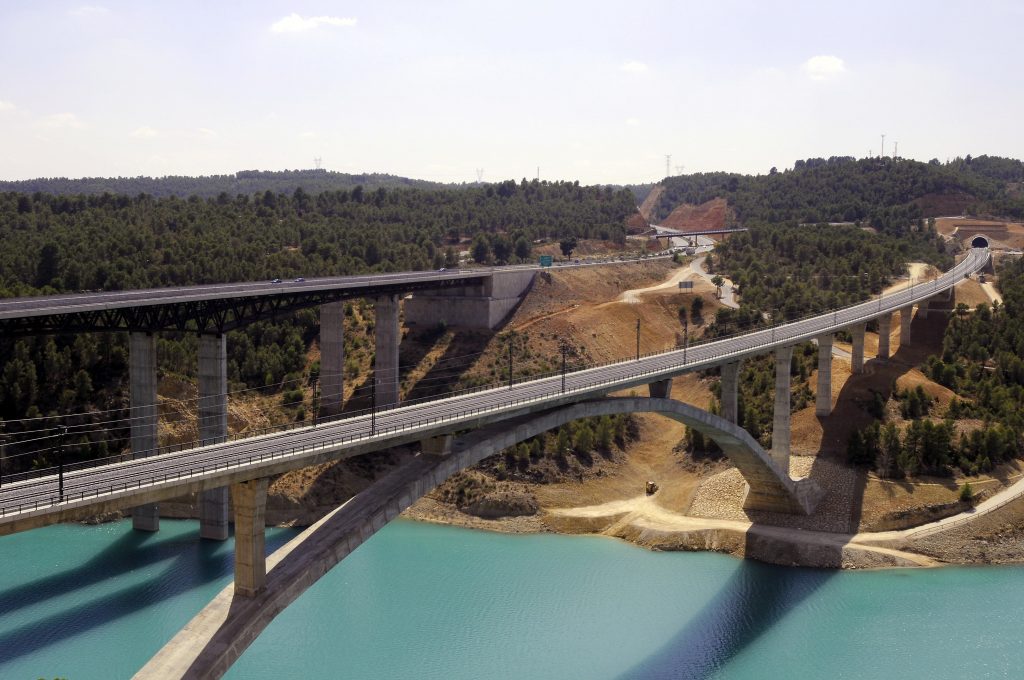As the EIM Youth Week has started, let’s take a look to discover how the EU rail sector is young-oriented and is catching up with modernity. Starting from my work experience as a young professional in EU law, the railway sector has indeed appeared to me as one of the youngest and most innovative ones. Why this?
That’s precisely because the EU is ambitiously turning into a major actor in this field by promoting its full development in accordance with climate challenges and by targeting a wide range of other industries related to rail business, such as the digital one. In the pioneering view of the EU integration, these positions are expected to lead to an extended growth of the internal market and to mark also a significant turnaround for the environment. What is more modern and future-oriented than this?
Of course, this means that not only infrastructure managers and railway undertakings are placed at the core centre of EU policies. Also other modes of transport’s companies are counted in to achieve multimodality; the alternative fuels’ industry to accelerate the future of innovation and deploy hydrogen-powered trains, to make an example; the whole digital industry to attain high speed, interoperability, safety, smart cities and make the EU a global technological leader. And it is exactly in this light that the coordinating role of infrastructure managers is fundamental to finally glue all the initiatives and implement railway convenience, comfort and infrastructure resilience.
This is where the final aspiration lays. If the objective is to achieve a sustainable, connected and modern Europe, we must re-think to our transports and focus on high standards. Hence, while the EU Green Deal has put the first general basis for a decisive green turnover, the declaration of the 2021 European Year of Rail by the EU Commission is putting the flash and marking the chance for rail’s full modernisation. As a consequence, the new European Rail Joint Undertaking will target multiple research and innovation projects, along with the closer and continuous cooperation between European start-ups. Change must be uninterrupted and involve as many players as possible!
Therefore, the EU is well aligned with global trends and aims at making use of the railway’s unexpressed high potential. So, when thinking about the future of rail, we should not conceive it anymore with the exclusive reference to movement of goods or on-the-road trips (by the way, who has never dreamt about InterRail when turning 18?). Instead, we must also visualize its societal goals since it will serve to give a positive impact on emissions, bring in new innovative projects, refresh the transport sector and better link European hubs through an inclusive EU-wide network.
Today in fact, we are already able to travel from East to West by train and touch main capitals in few hours, but the thrill is now to double the expectations and going on increasing the actual performance to set up a competitive, sustainable and appealing EU rail network for all.
Carola Damiano – Legal & Policy Trainee – EIM


